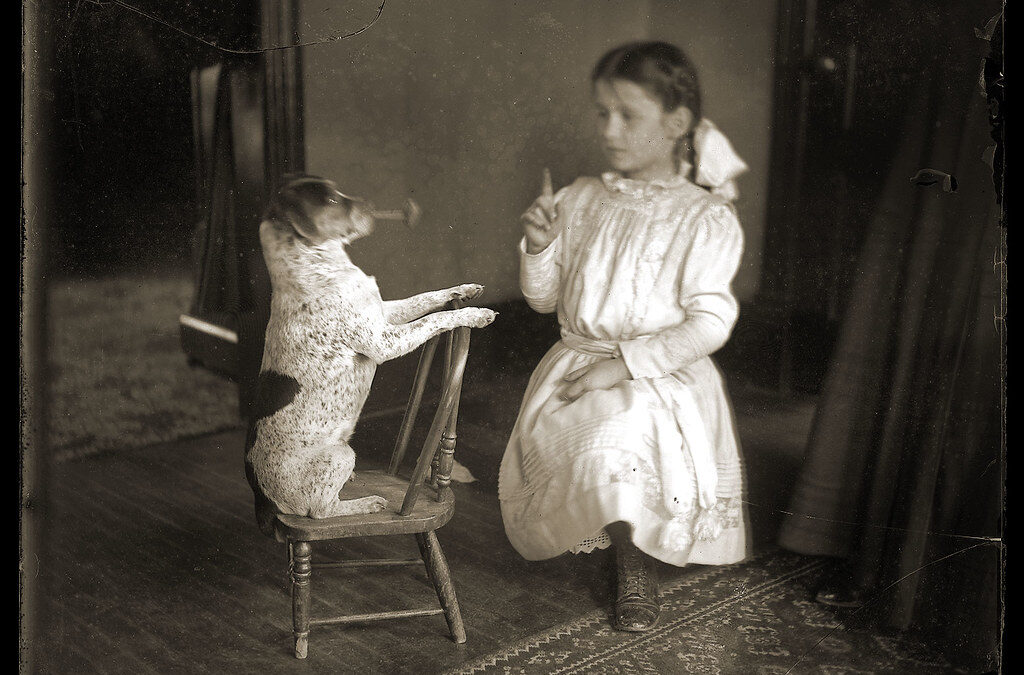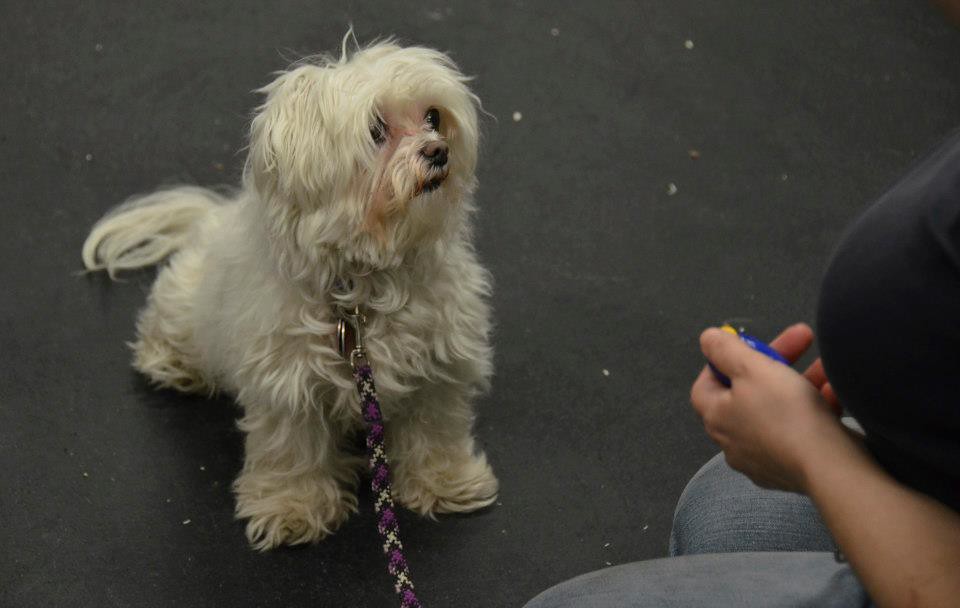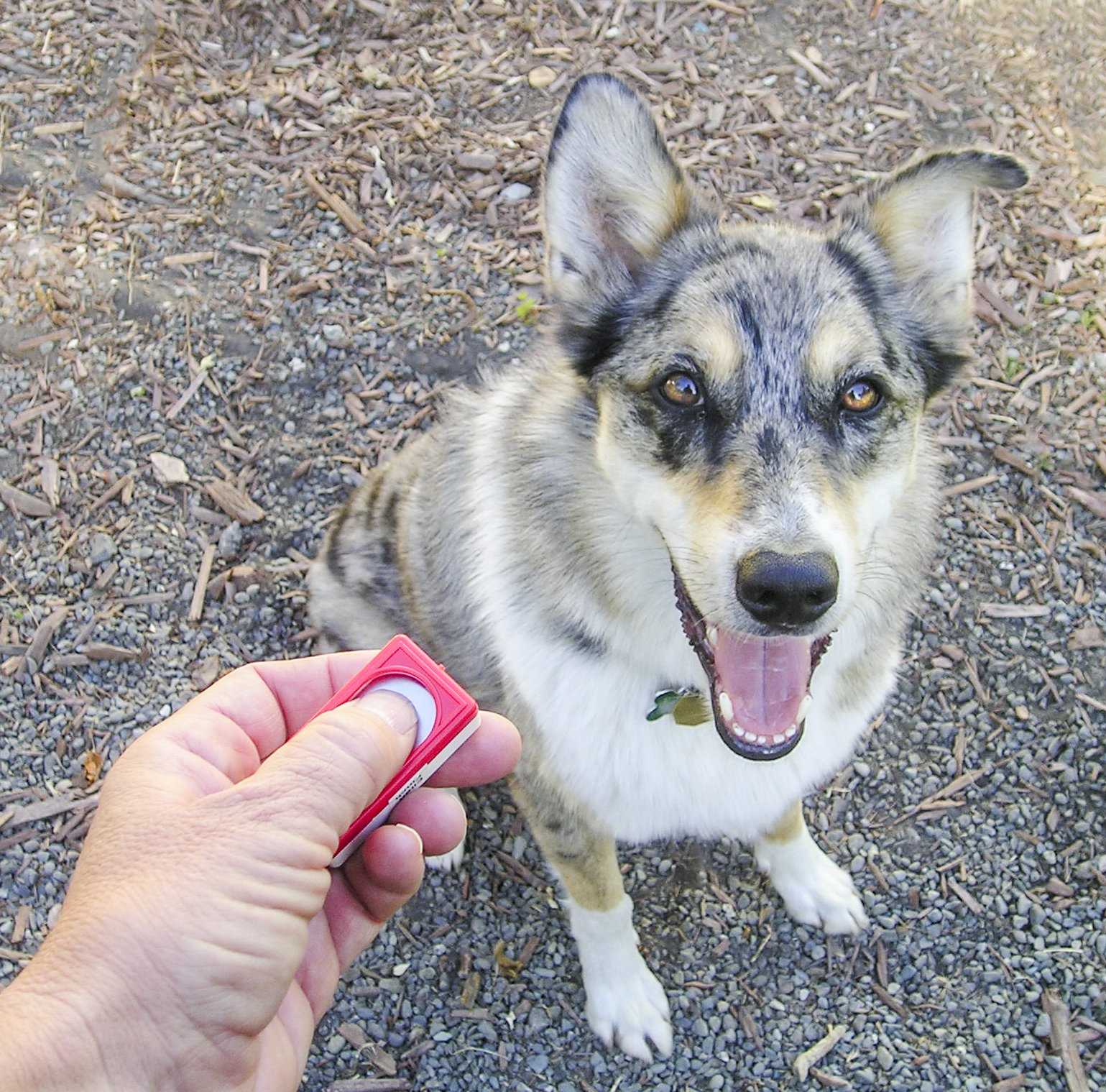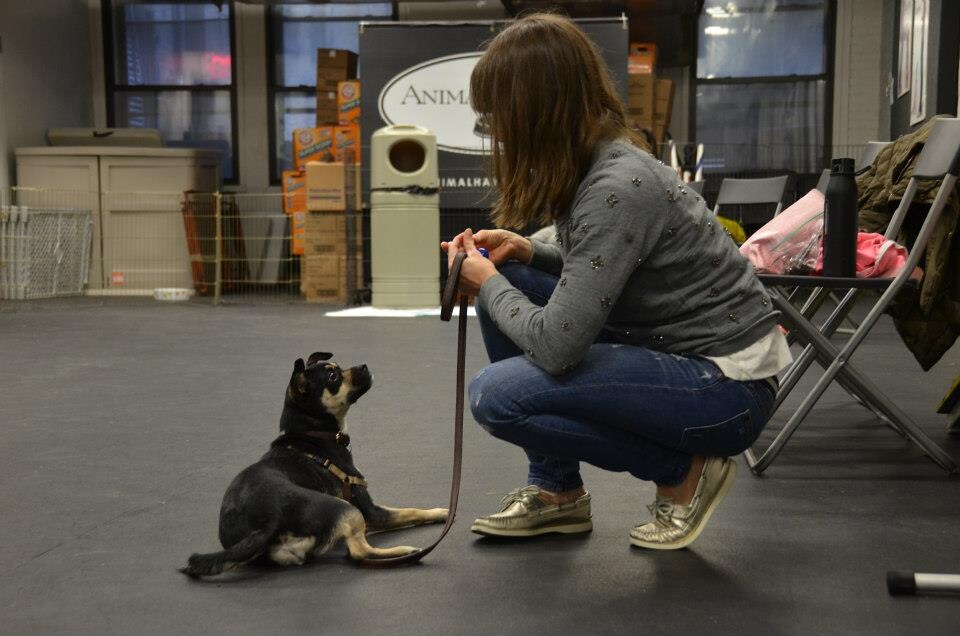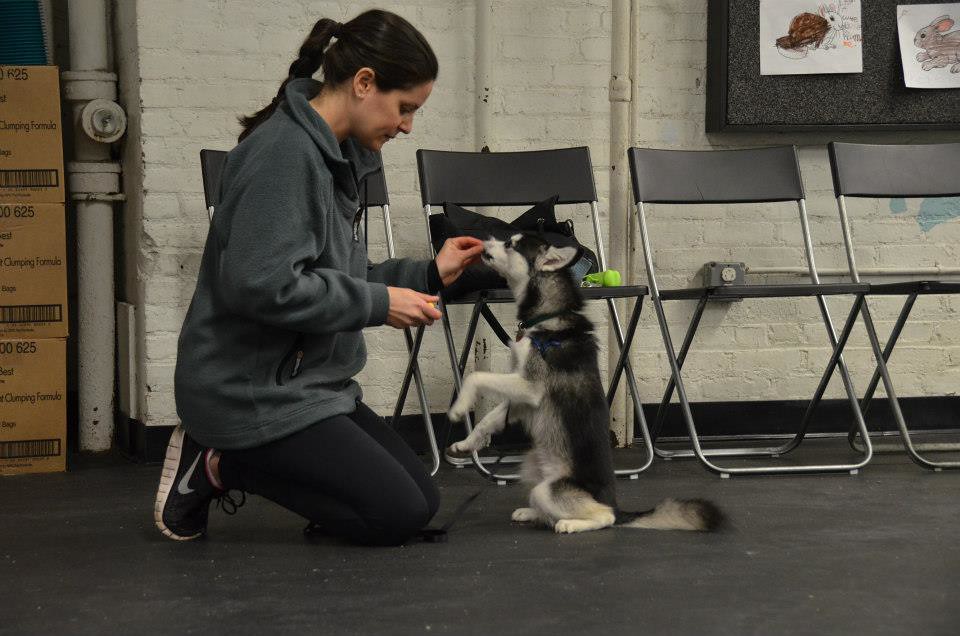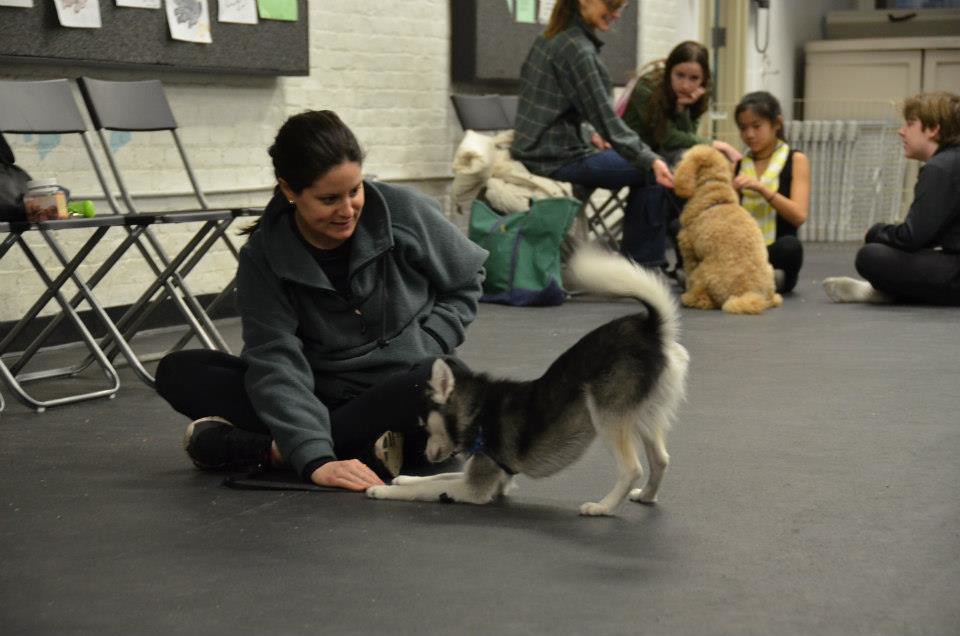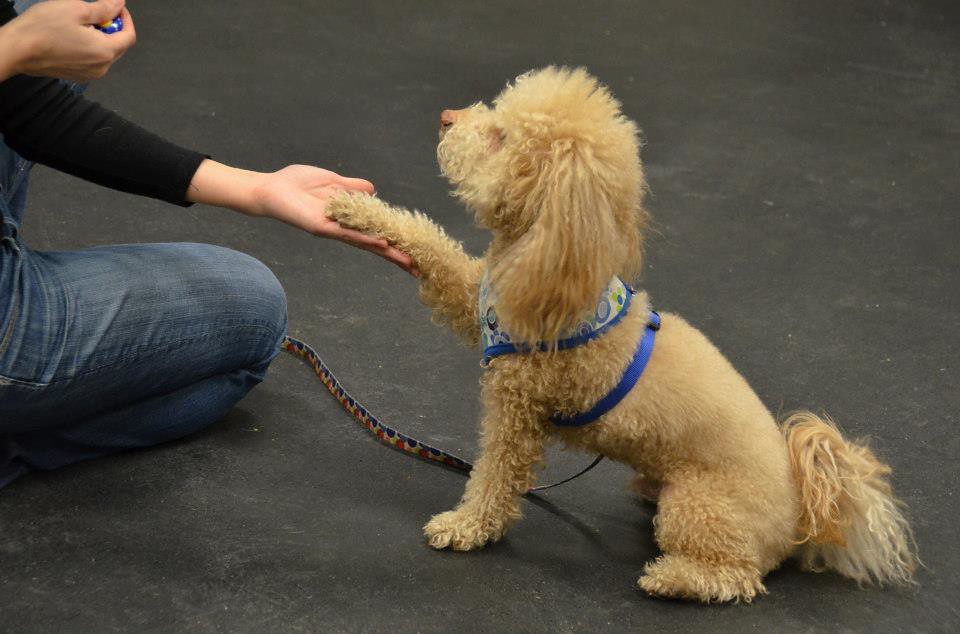What is Clicker Training?
What Are the Pros and Cons of Clicker Training?
PROS |
CONS |
| Good bonding time for you and your dog | Not all dogs respond well to the click |
| Can eliminate confusion from voice commands | Inconsistent/Incomplete training can return poor results |
| It’s easy for the dog to understand the rewarded behavior | Can be conditioned to only respond to the click |
| Training larger dogs can be much faster | Isn’t helpful for correcting bad behavior |
| Easy for the dog to hear the click sound in many different environments | Isn’t a replacement for treats or positive reinforcement |
| Multiple people can train the dog with little to no confusion because the dog is responding to the click and not necessarily the human’s voice commands |
Where Should You Begin?
Final Notes
- When teaching a command, do not repeat the command multiple times if the dog does not respond after the first try. This can inadvertently teach the dog that they allowed to not listen to you until the third or fourth command and they can still receive praise or reward. Instead, “reset” by turning your back to the dog for a few seconds and not interacting with them in any way. Then turn back and say the command again. If the dog struggles to respond to your command, you may need to start smaller or go back a step in the learning process to make sure the dog knows what behavior is expected with that particular command.
- Have fun! This form of training is a great way to keep your pup mentally engaged and stimulated, and it encourages team work from you both.
Check out our articles on popular dog breeds in Florida!
Top 5 Most Popular Dog Breeds in America
Top 5 Most Popular Dog Breeds in AmericaHow to choose the right dog according to your lifestyle. Make an AppointmentIn this blog post, we’ll take a look at the Top 5 Most Popular Dog Breeds in America. From size to temperament to activity levels and health...
Top 4 Tips for Introducing a New Pet to the Family
Top 4 Tips for Introducing a New Pet to the FamilyHow to make a new pet feel welcome and an established one secure.Make an AppointmentIntroducing a new pet to your home can be a fun and exciting time. It can also be stressful - especially when existing pets are...
Top 3 Benefits of Pet Vaccination
Top 3 Benefits of Pet VaccinationThe importance of preventative pet health care.Make an AppointmentOne of the easiest things we can do to safeguard our pet's health is by keeping up with their scheduled vaccinations. Just as humans rely on certain vaccines to protect...
Managing feline diabetes can be as easy as 1 pill a day
Managing Feline Diabetes Can Be as Easy as 1 Pill a DayAlternatives to Daily Insulin InjectionsMake an AppointmentManaging feline diabetes can be as easy as 1 pill a day with advancements in needle-free, less-invasive alternatives to daily insulin injections. ...
Top 7 Holiday Gift Ideas for Your Pet
Top 7 Holiday Gift Ideas for Your PetTail-wagging Holiday Gifts to Make Your Pet Merry All YearMake an AppointmentIn this guide, we've curated a collection of our Top 7 Holiday Gift Ideas for Your Pet. If you’re still looking for that perfect, tail-wagging holiday...
Pheromone Therapy for Anxious Pets
Pheromone Therapy for Anxious PetsManage Pet Stress and Treat Cat Behavioral Issues NaturallyMake an AppointmentDoes your pet struggle with change? Have you considered the benefits of pheromone therapy? Cat owners often encounter situations where their feline...

